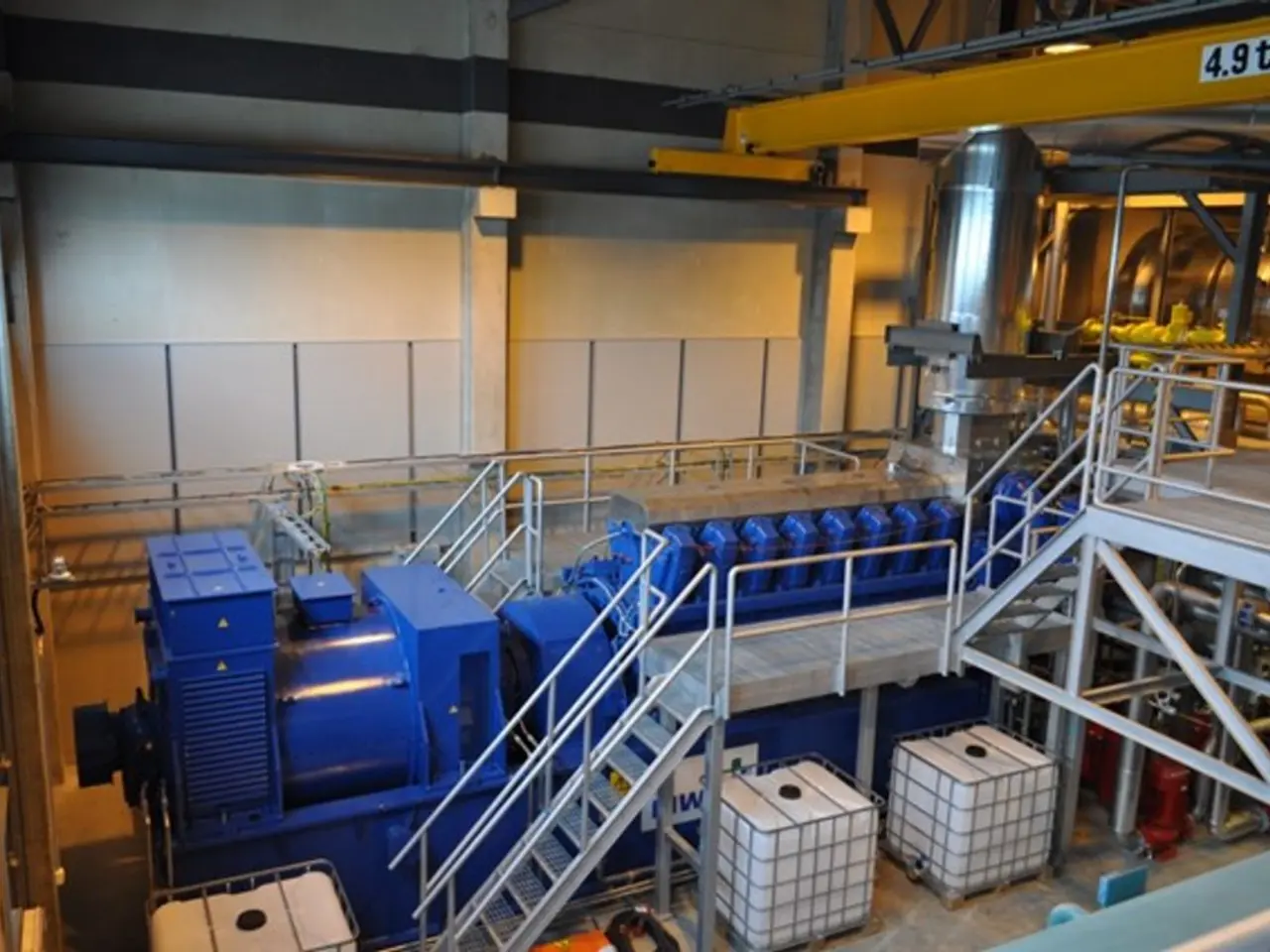Retirement savings comparison: ISAs versus SIPPs
In the UK, Individual Savings Accounts (ISAs) and Self-Invested Personal Pensions (SIPPs) are popular choices for retirement planning. While both offer a variety of investment options, they differ significantly in terms of tax efficiency, accessibility, investment options, and inheritance planning.
When it comes to tax efficiency, ISAs offer tax-free growth on investments but contributions are made with money that has already been taxed, meaning there is no tax relief on contributions. On the other hand, SIPPs provide tax relief on contributions based on your marginal income tax rate, boosting the initial investment. However, withdrawals from SIPPs are subject to income tax.
Accessibility and liquidity are key differences between the two. ISAs offer more flexibility and liquidity, allowing withdrawals at any time without penalty, making them suitable for shorter-term goals and emergencies. SIPPs, on the other hand, come with stricter withdrawal rules. You can typically access your funds from age 55 (scheduled to increase to 57 in 2028), and there are penalties for early withdrawals, making SIPPs better suited for long-term retirement planning.
Both ISAs and SIPPs offer a wide range of investment options, including stocks, shares, bonds, and real estate, allowing you to diversify your portfolio and choose investments that align with your risk tolerance and financial goals.
In terms of inheritance planning, ISAs are generally subject to inheritance tax, while SIPPs are generally exempt. However, beneficiaries may face income tax on withdrawals from SIPPs.
In practice, combining ISAs and SIPPs can offer a balanced approach to retirement savings, benefiting from both tax efficiency and flexibility. The government is considering creating a separate ISA allowance for funding a British ISA, and contributions to SIPPs can be up to £60,000 in the current tax year, with tax relief at your marginal rate.
It's important to note that the main difference in tax treatment between ISAs and pensions lies in how you are taxed on contributions and withdrawals. ISAs have no tax on withdrawals, but pension withdrawals beyond the 25% tax-free cash may be subject to income tax.
Research by interactive investor shows that using a pension rather than an ISA could result in an extra £6,000 of annual income in retirement. However, the cost of a comfortable retirement is estimated to be £43,900 per year by the Pensions and Lifetime Savings Association (PLSA).
In conclusion, understanding the differences between ISAs and SIPPs is crucial when planning for retirement in the UK. Both options have their advantages and disadvantages, and a balanced approach may yield the best results. It's always recommended to seek financial advice before making decisions regarding your retirement savings.
[1] Source: gov.uk [2] Source: interactiveinvestor.co.uk [3] Source: moneyadviceservice.gov.uk [4] Source: investing.com [5] Source: hmrc.gov.uk
- Investing in a Self-Invested Personal Pension (SIPP) can offer tax relief on contributions, while Individual Savings Accounts (ISAs) do not provide such tax relief, but offer tax-free growth on investments.
- ISAs are more flexible and liquid compared to SIPPs, as they allow withdrawals at any time without penalties, making them suitable for shorter-term goals or emergencies.
- Both ISAs and SIPPs provide a wide range of investment options such as stocks, shares, bonds, and real estate, allowing for portfolio diversification that aligns with risk tolerance and financial goals.
- When it comes to inheritance planning, SIPPs are generally exempt from inheritance tax, whereas ISAs may be subject to it, but beneficiaries may face income tax on withdrawals from SIPPs.




